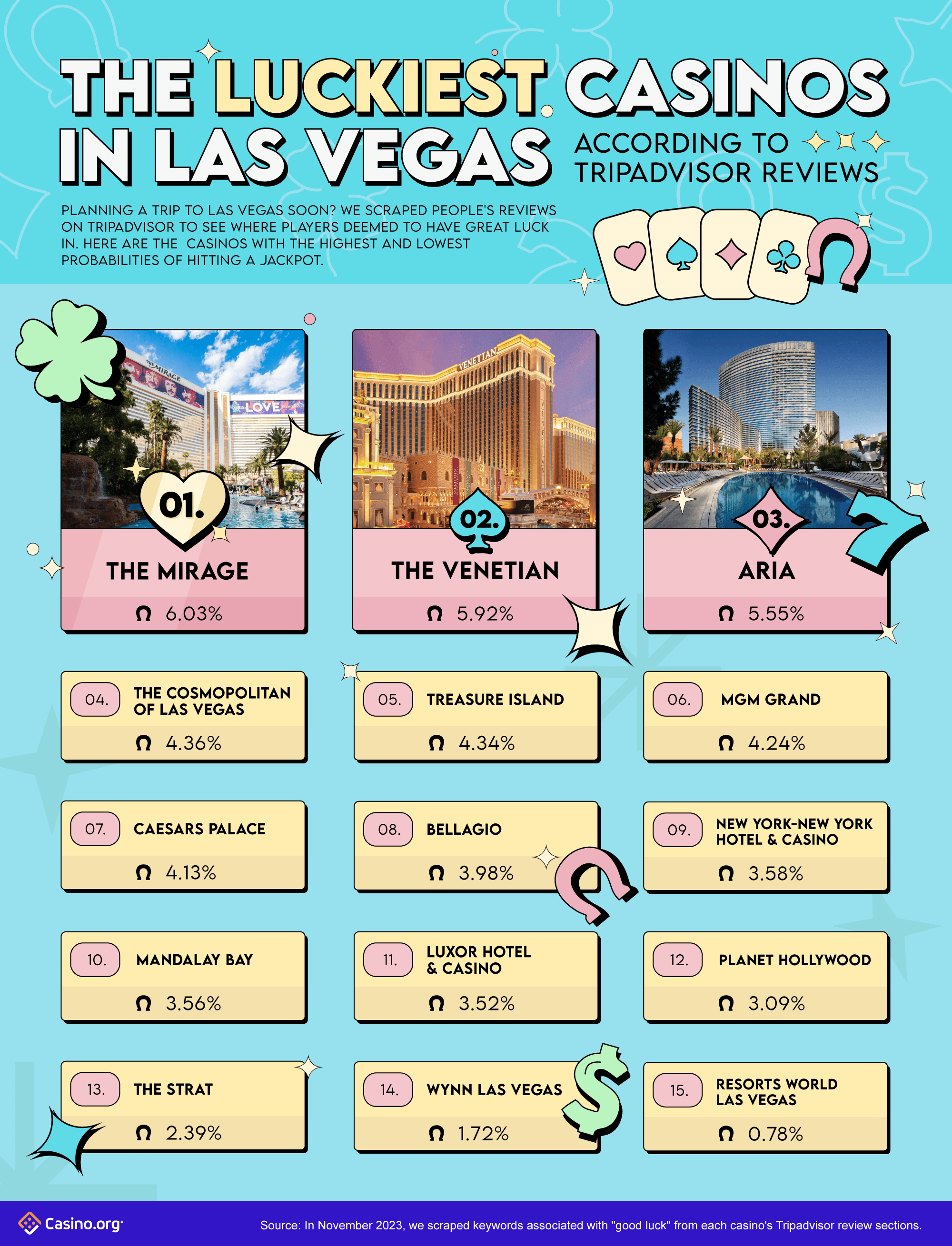
In the dynamic and exciting world of gaming establishments, wherein luck and tactics intertwine, color and design play a critical role in drawing in gamblers. As soon as visitors step inside a casino or log into a gaming website, they are immersed in a sightly feast that captures their attention and lures them to explore more. Bright colors, captivating graphics, and creative layouts are meticulously crafted to create an atmosphere of excitement and expectation, ultimately improving the gaming encounter.
As players navigate through the ever-changing landscape of casino games, they come across a variety of designs that not only serve visual purposes but also influence feelings and choices. Hues like red and yellow symbolize riches and luck, while soothing navy and greens can create a more tranquil environment. Understanding how these elements function together allows casinos to create an welcoming and stimulating atmosphere that encourages players to interact with the games, spend additional time at the tables, and increase their general enjoyment.
The Science of Color in Gaming Establishments
Hue plays a critical role in the development of gaming experiences, influencing players’ emotional states and responses. Vivid and bold colors, such as red and yellow, are often used to ignite enthusiasm and capture notice. These colors create a feeling immediacy and energy, encouraging gamblers to participate more readily with the activity. By thoughtfully selecting hues, creators aim to elicit emotions of pleasure and excitement, which can enhance the total gaming experience.
Different shades also have psychological meanings that can affect how participants perceive their odds of success. For instance, emerald is frequently associated with good fortune and wealth, making it a frequent choice in games like the roulette wheel and poker setups. This connection can cause players to feel more hopeful and confident in their gaming, ultimately motivating them to bet more. Grasping these links allows game developers to design environments that enhance player enjoyment and loyalty. 69vn.bot
In addition, the layout of gaming interfaces often utilizes blended colors and differing colors to direct players’ responses. For example, winning results may be emphasized with vivid, contrasting colors, creating a visual cue. This method reinforces favorable outcomes and supports repeated participation. By exploiting color psychology, gambling establishments can design games that not only captivate players but also hold them interested and committed in their play experience.
Creative Features that Engage Players
The visual appeal of gambling games is largely influenced by the implementation of vibrant colors. Bright and contrasting colors are strategically chosen to create an appealing atmosphere that grabs interest. For example, reds and golden hues often signify luck and prosperity, which is why they are prevalent in the palettes of gaming machines and table surfaces. These colors not only draw players in, but they also stir emotions associated with thrill and expectation, enhancing the total gaming experience.
In addition to color, the aesthetic and layout of gambling games play a significant role in captivating players. Games are designed to be intuitive, ensuring that players can quickly understand the rules and mechanics. User-friendly interfaces, along with captivating graphics and motion, help maintain player interest and promote extended play sessions. The physical elements, such as the texture of the buttons and the audio of the games, also add to a comprehensive sensory experience that keeps players engaged.
In conclusion, thematic elements in game design can greatly influence gaming decisions. Many casino games are inspired by popular culture, fairy tales, or adventure themes, incorporating symbols and characters that resonate with players. These themes create a sense of immersion and relatability, making each game feel unique. When players feel a bond to the theme, they are more likely to opt for that game over others, leading to increased participation and excitement within the casino environment.
Case Studies: Successful Gambling Slot Designs
One key example of impressive casino game design is the popular slot machine series based around hit movies. Games such as those based on the Wizard of Oz and Game of Thrones utilize vibrant colors and high-quality graphics to enthrall players in recognizable narratives. The use of lively visuals and engaging sound effects takes the focus of players, building an emotional connection to the theme. This strategy not just encourages longer play but also boosts the overall gaming experience, leading to increased player retention.
Another effective case is the application of color in table games like blackjack and roulette. Casinos often design these games with dark reds and greens, colors traditionally associated with luck and wealth. For instance, the green felt on a blackjack table provides a calming effect, while the red accents in the wheel invite thrill. This intentional use of color helps to foster an inviting atmosphere that stimulates players to join in, satisfying their psychological impulses and increasing their enjoyment.
Finally, social casino games that include social features and bright, lively designs have achieved remarkable success in engaging players. Games like Zynga’s Poker and Slotomania leverage bright colors and playful animations to create an inviting online environment. The inclusion of leaderboards, social sharing options, and in-game rewards encourages competition and community, pulling players in for longer sessions. Such designs not just make the games visually appealing but also emphasize social connectivity, a crucial factor in player retention and engagement within digital casino environments.